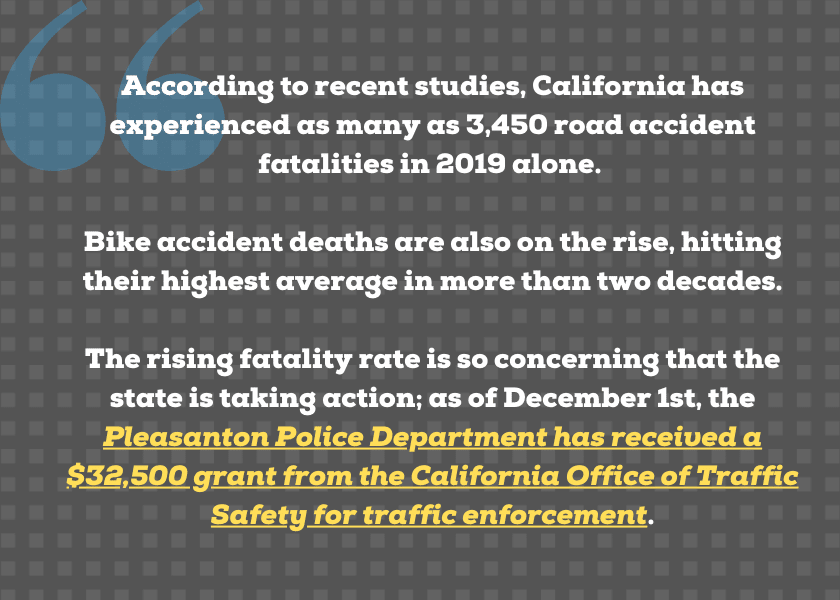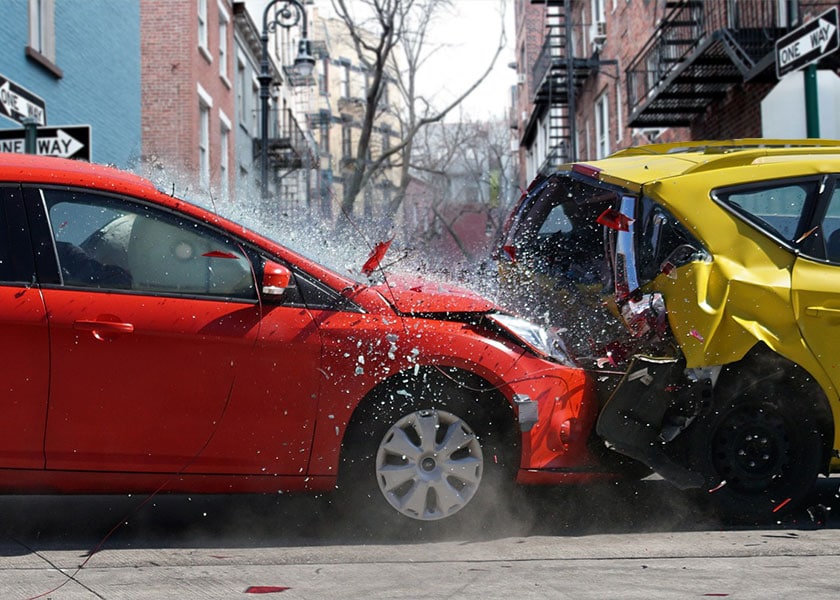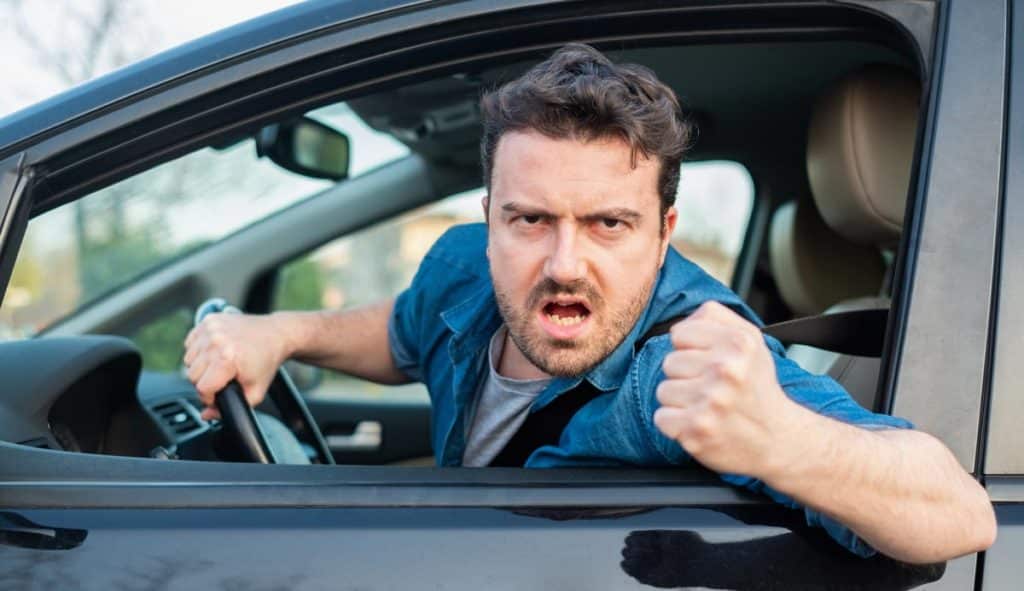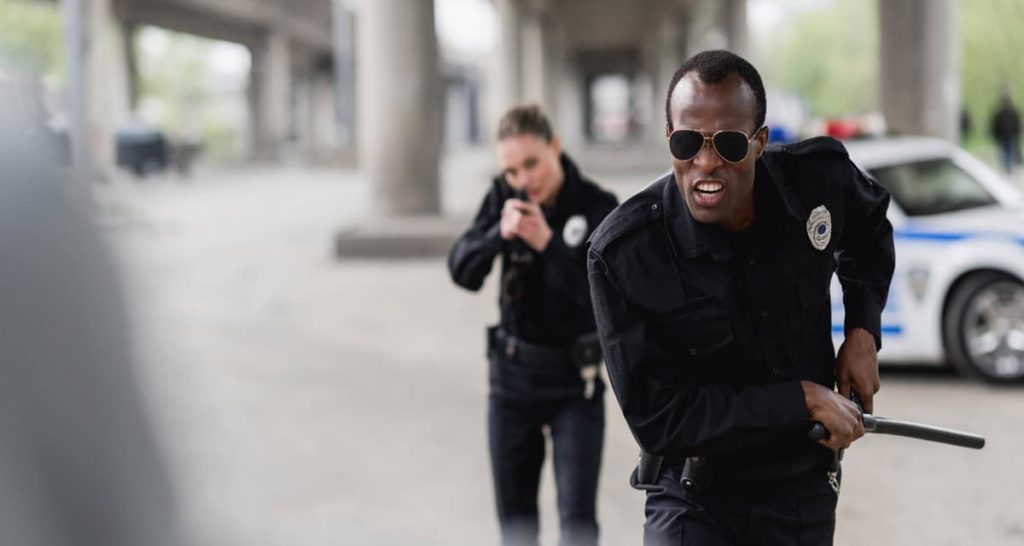Pleasanton Police Receive Traffic Grant
It’s no secret that there has been an increase in car accidents recently. In particular, the Bay Area has been hit with a wave of car accidents and fatalities in recent years. According to recent studies, California has experienced as many as 3450 road accident fatalities in 2019 alone. Bike accident deaths are also on the rise, hitting their highest average in more than two decades.
The rising fatality rate is so concerning that the state is taking action; as of December 1st, the Pleasanton Police Department has received a $32,500 grant from the California Office of Traffic Safety for traffic enforcement.

This grant is dedicated to helping the Pleasanton PD work to raise awareness and enforcement efforts to prevent traffic-related injuries or deaths. The grant will fund a variety of activities, including:
- Additional patrols for DUIs and distracted driving
- Support for the statewide DUI awareness campaign
- Traffic enforcement
In combination, these funded activities will help stem the many causes of the rising accident rate and hopefully reverse the trend.
Why California’s Roads are Becoming So Dangerous
There’s no one specific reason to blame for the rising death toll. Instead, several unrelated trends have come together to make California roads more dangerous for everyone, and for pedestrians and cyclists in particular.
A Rise in DUIs
Since last year, DUI arrests have increased by more than 50%. There are several reasons for this, not least of which is that lockdown has made it easier to spot intoxicated drivers. However, there are also links to the rising rate of drug-involved crashes.
When people think about driving under the influence, they almost always think about driving drunk. In California, drunk driving is still a primary cause of DUI accidents and arrests, but that may not be the case for long. While alcohol-related crash fatalities and injuries have been slowly but steadily decreasing, the number of drug-related accidents is rising.
This may be connected to the legalization of marijuana in California. As the drug became available recreationally in 2016, many people began to consume it in the same way as alcohol. That includes using it and making bad decisions about their capacity to drive safely. It seems likely that this is related to why the drug-related crash fatality rate rose by more than 10% between 2007 and 2017.
To combat this, the Pleasanton PD will be supporting the statewide “DUI Doesn’t Just Mean Booze” awareness campaign. Drunk driving has been the focus of decades of campaigning, but other drugs have not seen the same attention. Being drunk isn’t the only type of intoxication that can affect a person’s driving ability, after all. Pleasanton’s reinforcement of the statewide campaign should help reduce DUIs of all kinds, drug and alcohol alike.
More Distractions
Distracted driving is more common than ever, and for one simple reason: smartphones are more common than ever. While distractions have always been present for drivers, the rise of smartphones has made them more common and more dangerous.
According to the National Highway Traffic Safety Administration, sending a single text takes your eyes off the road for about five seconds. At the relatively low highway speed of 55 miles per hour, that’s the equivalent of driving down a football field while blind. Longer or frequent distractions quickly add up; it doesn’t take much for a constant smartphone user to lose focus on driving and get into an accident.
Distracted driving isn’t just a problem at highway speeds, either. Urban environments require drivers to pay more attention to their surroundings because of the sheer number of pedestrians, cyclists, and other environmental hazards. Even spending a second or two swiping away a phone notification can be enough to miss a red light and cause a life-changing accident.
The distracted driving patrols that Pleasanton will fund with the traffic grant are intended to cut down on the number of drivers using their phones. The patrols will encourage drivers to remain vigilant, keeping their eyes on the road and preventing unnecessary accidents.
More and Larger Cars on the Road
From 2010 to 2019, the number of registered vehicles in California increased by more than four million, or by more than 12%. However, infrastructure and public services for these vehicles have not increased at the same rate.
Highway loads have been steadily growing, putting more people on the roads than they can easily handle. During rush hour, the average speed has dropped by five miles an hour on average since 2019, to a dismal 12.2 mph in the city proper. This increase in traffic means that there are more cars on the road to cause accidents.
California cars are becoming larger on average as well. Compact car sales have been falling for several years, while truck and SUV sales are on the rise. These types of vehicles take up more room on the road, make it difficult for other drivers to see, and cause more damage when accidents occur. In general, SUVs and trucks are 45% more likely to lead to pedestrian fatalities than compact cars. Not only are there more cars, but the vehicles that are present are more dangerous.
Traffic enforcement of the type that Pleasanton’s traffic grant will fund can help minimize these accidents. Having officers available to direct traffic, respond to accidents, and keep things moving is vital to keeping traffic flowing smoothly.
Pleasanton’s Plan Spells Improvement
The Pleasanton traffic grant’s goal is to help reduce accidents, keep roads safer, and save lives. California roads have become more dangerous than they’ve been since the mid-’90s, and it will take work to return to safer conditions. The strategies that the Pleasanton police department plans to implement will address the root causes of California’s dangerous roads. Traffic accidents don’t have to be inevitable. More communities in and around the Bay Area need to focus on improving their traffic enforcement and infrastructure. California roads have become steadily more dangerous over the past decade; it’s time to reverse that trend. Safer roads can save lives. That’s





